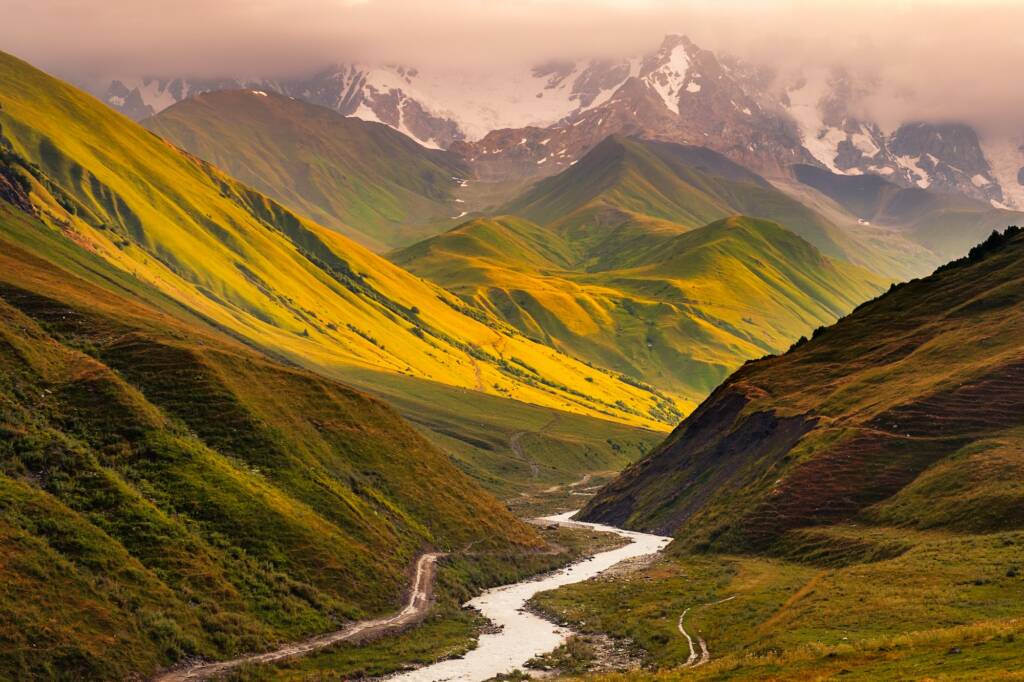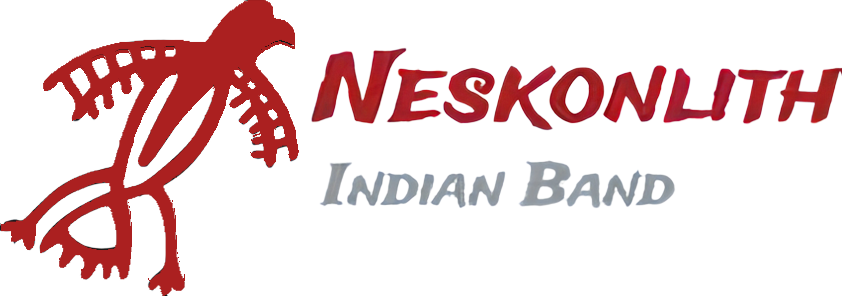Neskonlith Principles, Vision and the Community Comprehensive Plan “Voice of the People” will guide land use decision-making and provide direction for current and future land activities.
Guiding Principles and Vision
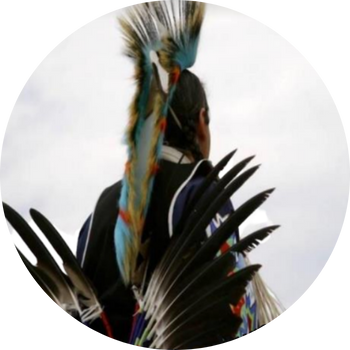
Preserving Culture, Language & Resources
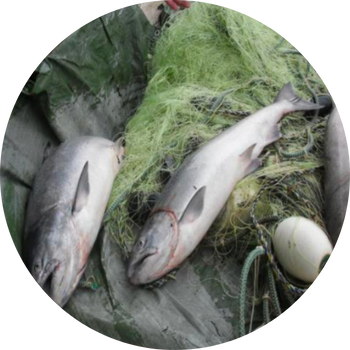
Self-reliant & Prosperous Community
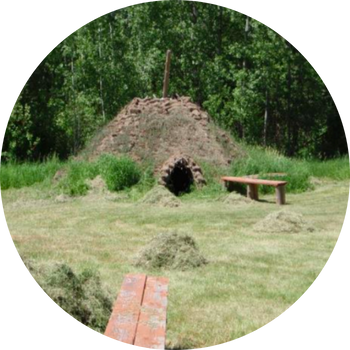
Healthy Community
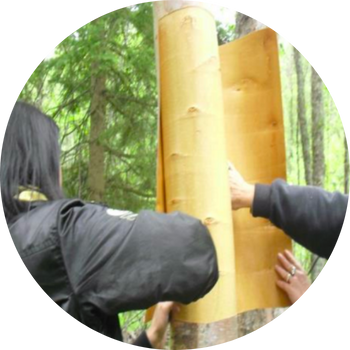
Receives The Wealth Of Nekonlith Territory
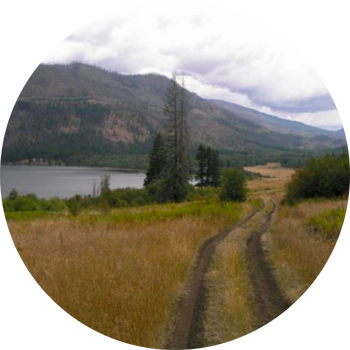
Caretakers Of The Land
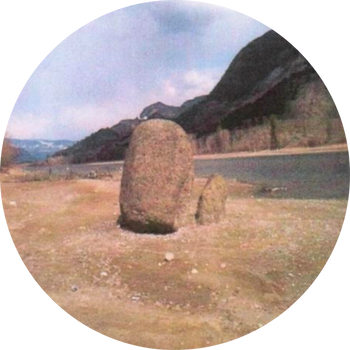
A Self Governing Community
Skat'sin te Secwepemc Neskonlith Consultation and Accommodation Policy
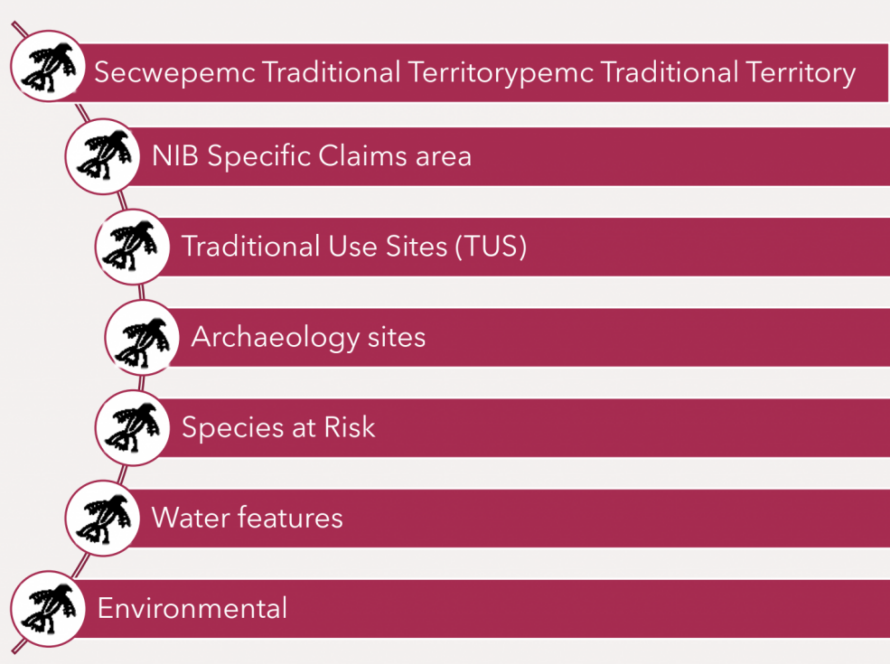
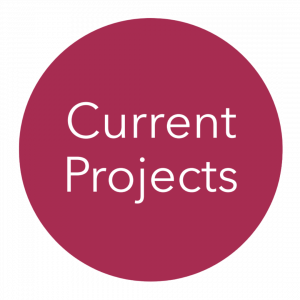
Our Current Projects
- Consultation and Accommodation Policy
- Miners Bluff Legacy Project
- TransCanada Highway Expansion project
- Chase –Harper Lake Collaborative Project
The Tmicw Department, otherwise known as Tmicw Operations supports and works collaboratively with Neskonlith Chief and Council focusing on political issues, strategic planning, and governance; that establishes a more formal technical arrangement amongst Neskonlith Chief and Council, Neskonlith Tmicw Operations, and Neskonlith Referrals Department, in dealing with land and resource issues, while protection Secwepemc Title and Rights.
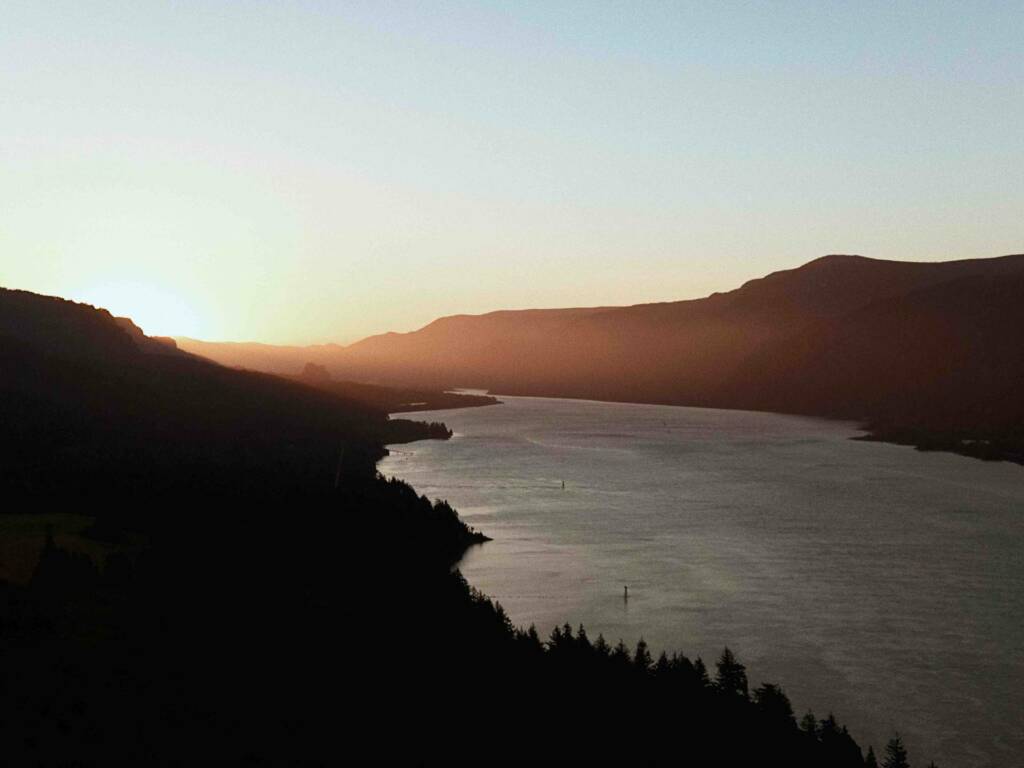
Winter Villages and Hunting Practices of Lakes Secwepemc
The Neskonlith Secwepemc community is one of five Lakes Division Communities of the Secwepemc Nation. The Lakes Secwepemc inhabits the eastern most part the Secwepemc Territory in and around the South Thompson River and the large Shuswap, Adams and Mara Lakes. Traditionally this complex of waterways played a large role in the Lakes Secwepemc travel patterns.
Lake Division Secwepemc Winter villages were almost exclusively on the River Terraces on dry, well-drained sites near major streams and along lakes within the Lakes Division territories with good south exposure and shelter from the valley winds. Villages were often near an important fishery, so there were many small villages of a few families scattered up and down the main rivers and along major lakes. Pit houses were the preferred c7’Istkten (winter homes), but there were other styles of insulated houses as well.
The Lakes Secwepemc delayed their move into the village as long as good weather held, but usually they were settled in by November. Early in winter, the villages were used as a basecamp for hunting and fishing expeditions while the houses were readied for the swucwt (snow) season. Ts’i7 (deer), Ten’Iye (moose) and SweIaps (sheep) moved down from the mountains in their autumn prime and closer to the villages. These important food animals were in their rut in November, and easy to bait and call.
Salmon Fishing and Winter Survival in Secwepemc Culture.
The Neskonlith Secwepemc community is one of five Lakes Division Communities of the Secwepemc Nation. The Lakes Secwepemc inhabits the eastern most part the Secwepemc Territory in and around the South Thompson River and the large Shuswap, Adams and Mara Lakes. Traditionally this complex of waterways played a large role in the Lakes Secwepemc travel patterns.
Lake Division Secwepemc Winter villages were almost exclusively on the River Terraces on dry, well-drained sites near major streams and along lakes within the Lakes Division territories with good south exposure and shelter from the valley winds. Villages were often near an important fishery, so there were many small villages of a few families scattered up and down the main rivers and along major lakes. Pit houses were the preferred c7’Istkten (winter homes), but there were other styles of insulated houses as well.
The Lakes Secwepemc delayed their move into the village as long as good weather held, but usually they were settled in by November. Early in winter, the villages were used as a basecamp for hunting and fishing expeditions while the houses were readied for the swucwt (snow) season. Ts’i7 (deer), Ten’Iye (moose) and SweIaps (sheep) moved down from the mountains in their autumn prime and closer to the villages. These important food animals were in their rut in November, and easy to bait and call.
